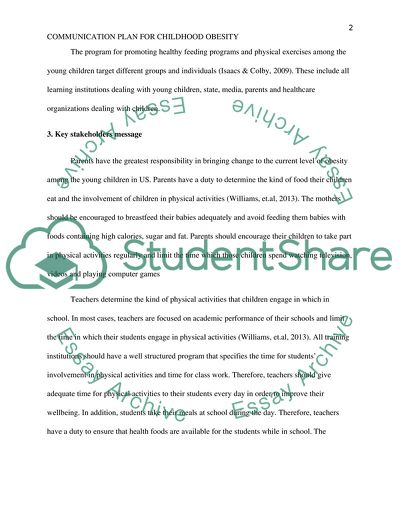Cite this document
(“Communication plan for childhood obesity Term Paper”, n.d.)
Communication plan for childhood obesity Term Paper. Retrieved from https://studentshare.org/health-sciences-medicine/1636943-communication-plan-for-childhood-obesity
Communication plan for childhood obesity Term Paper. Retrieved from https://studentshare.org/health-sciences-medicine/1636943-communication-plan-for-childhood-obesity
(Communication Plan for Childhood Obesity Term Paper)
Communication Plan for Childhood Obesity Term Paper. https://studentshare.org/health-sciences-medicine/1636943-communication-plan-for-childhood-obesity.
Communication Plan for Childhood Obesity Term Paper. https://studentshare.org/health-sciences-medicine/1636943-communication-plan-for-childhood-obesity.
“Communication Plan for Childhood Obesity Term Paper”, n.d. https://studentshare.org/health-sciences-medicine/1636943-communication-plan-for-childhood-obesity.


